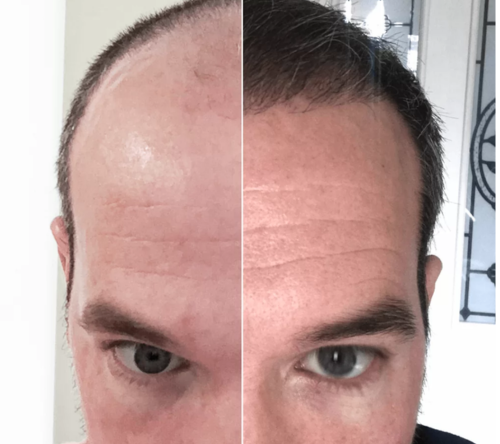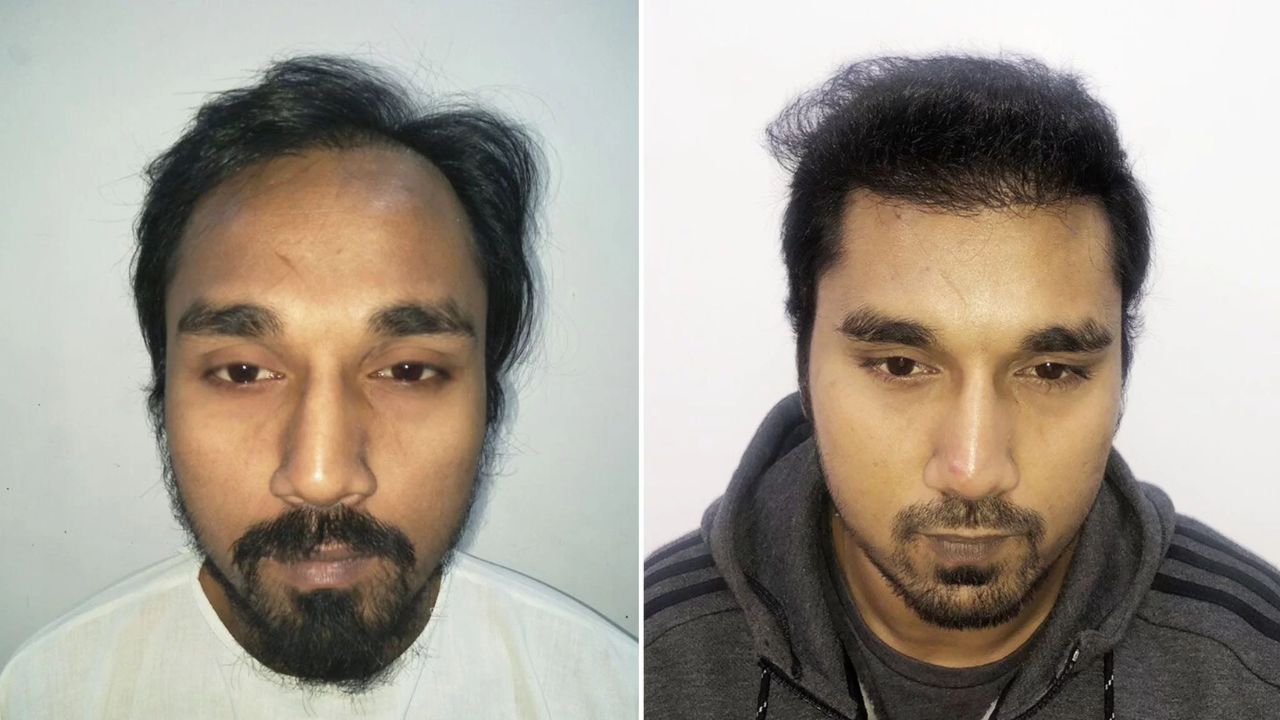
Follicular unit extraction (FUE) is a type of hair transplant done by taking individual hair follicles from your skin and moving them to another part of your body where hair’s thinner or absent.FUE has become more popular than the follicular unit transplantation (FUT) procedure, which led to the “hair plugs” look.Surgeons use micropunches to extract single follicles and move them, leaving behind almost no signs of extraction.

The FUE procedure is considered safe with minor possible side effects, such as tiny white scars where follicles were extracted. In extremely rare cases, there can be infection or tissue death where the surgery was done.You may experience temporary side effects that go away a few days after treatment. Side effects may include swelling, bruising, and sensitivity.
There are two types of FUE hair transplants: Manual FUE and Robotic FUE. A Manual FUE hair transplant is done by a physician using a handheld device to extract the individual hair follicles. A Robotic FUE procedure uses a robotic hair transplant device that is guided by the physician.
It is a sutureless method of hair restoration in which hair follicles are extracted from the back of head under local anaesthesia with the help of special micropunches and implanted in the bald area. On the day of surgery, the entire donor area from the back of the head is trimmed to 1–2 mm length.










































Is FUE a suitable option for me?
FUE is suitable for many individuals experiencing hair loss, but candidacy depends on factors such as the extent of hair loss, donor hair characteristics, and overall health. A consultation with a qualified hair transplant specialist is essential for personalized advice.
How long does a typical FUE procedure take?
The duration of an FUE procedure can vary based on the number of grafts being transplanted. Generally, smaller sessions may take a few hours, while larger sessions may extend to a full day.
Is FUE painful?
FUE is typically performed under local anesthesia, minimizing discomfort during the procedure. Patients may experience some mild discomfort or tightness in the donor area after the anesthesia wears off, but this is generally manageable with pain medication.
What is the recovery time after an FUE procedure?
The recovery time for FUE is relatively short. Patients can usually resume their normal activities within a few days to a week. Any initial redness or swelling in the donor and recipient areas typically subsides over this period.